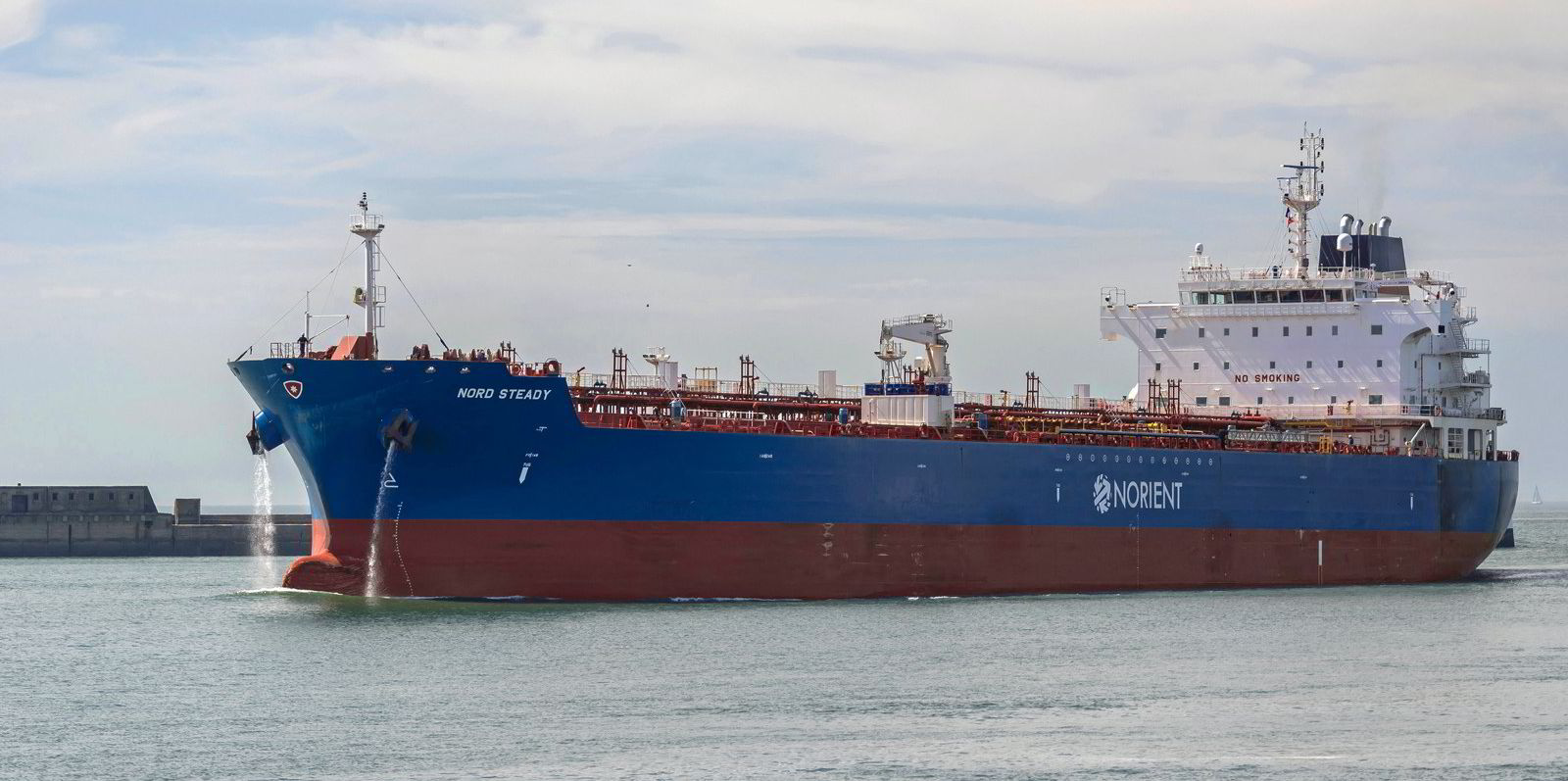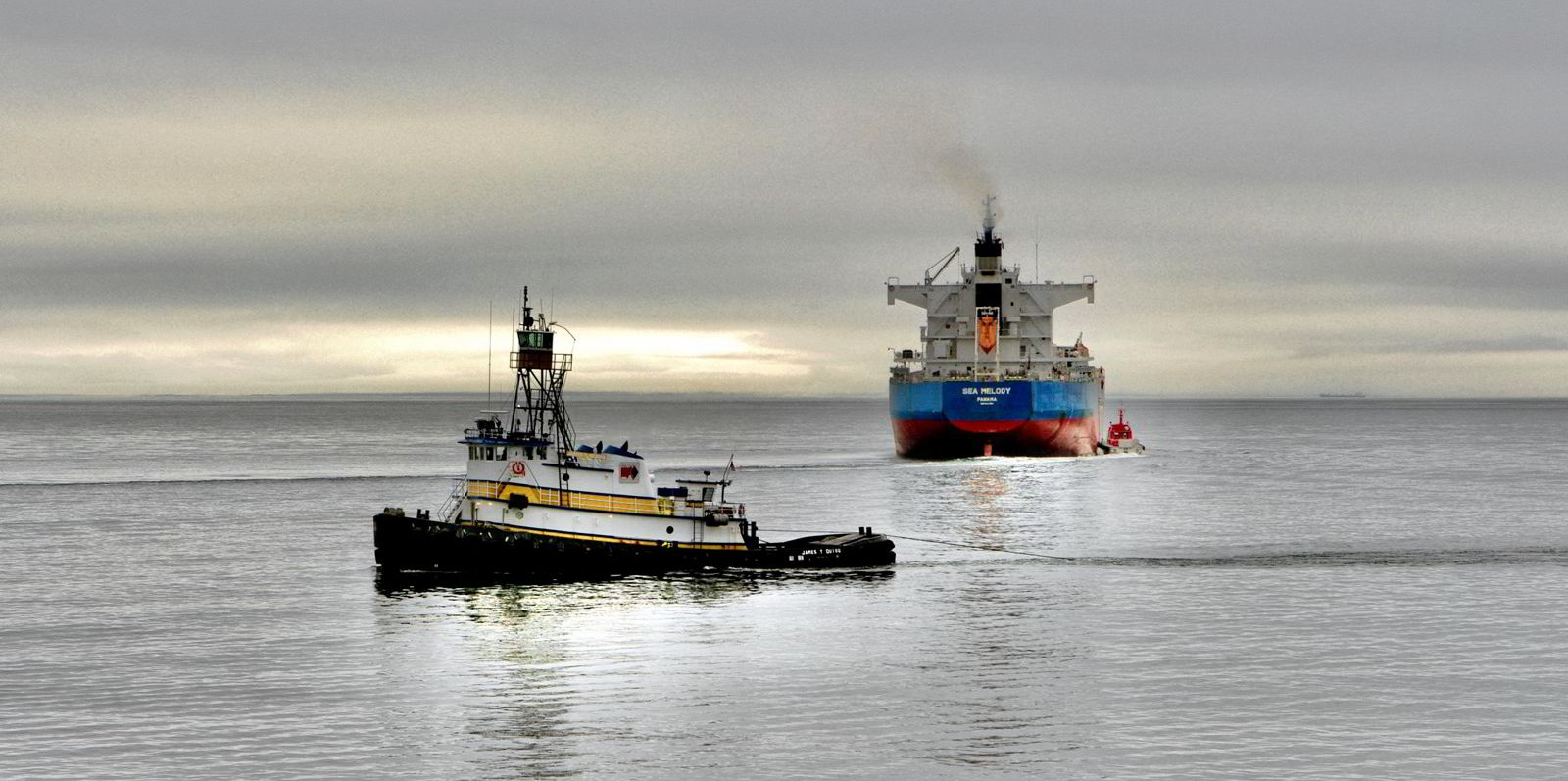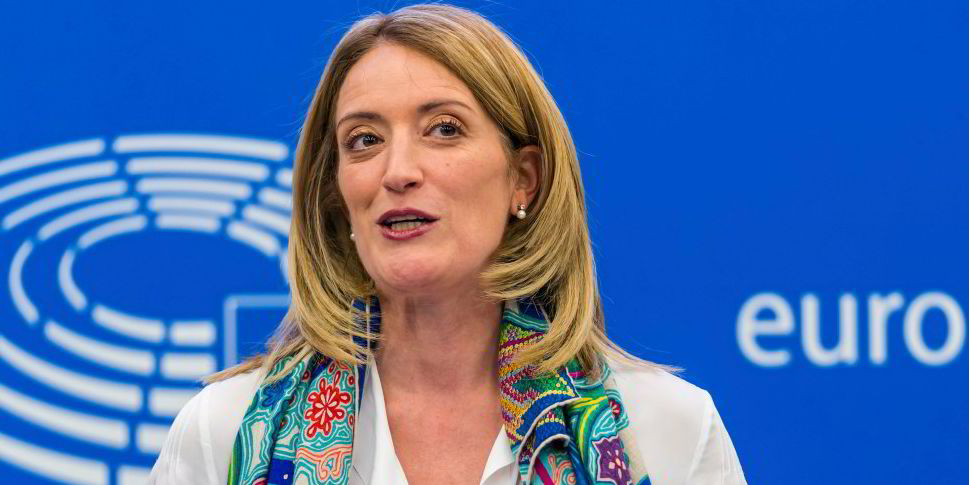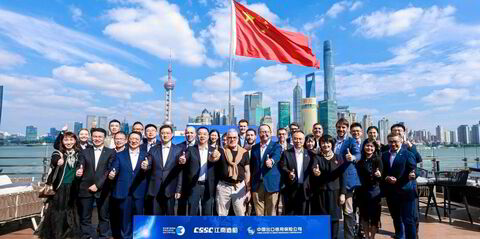When shipowner Niels Stolt-Nielsen recently complained publicly that his Stolt Tankers cannot order new ships unless its customers pay higher rates for them, Jeroen van Heiningen saw a dilemma faced by ship operators that want to invest in greener.
How can ship operator invest in costlier fuels if their customers do not want to pay for it?
Van Heiningen is founder and managing director of 123Carbon, the Netherlands-based climate tech company that recently signed up with Norden to allow the Danish operator to sell carbon insetting tokens representing the emissions cuts on its voyages that utilise biofuels.
If one shipper, for example, has a carog on a route for which biofuels are available but does not want to pay extra for a greener voyage, carbon insetting tokens allow a shipping company to sell the carbon cuts to another customer.
But van Heiningen said a operator selling carbon inset tokens can do more.
“They also can go above and beyond their current customer base and find customers that are seeking decarbonisation and do business with them,” he said. “So it allows them an alternative channel to allocate these additional costs to potential customers.”
Carbon insets are similar to better-known offsets, with an important difference.
Offsets have faced criticism for allowing a company to reduce its carbon footprint by paying for emissions reductions outside of shipping.
But insets are transactions that allow for trading in greenhouse gas cuts within shipping or in the upstream footprint of marine fuels.
Helpful to decarbonisation
Nishatabbas Rehmatulla, a principal research fellow at UCL Energy Institute, said insets can be a helpful system if designed well.

“It encourages in-sector greenhouse gas reduction rather than siphoning cash from the sector into offsets which do nothing for the long-term decarbonisation objectives of the sector,” he told TradeWinds.
“Currently the problem is that the trade flows where there is ‘willingness to pay’ in demand does not match where first and early opportunities to decarbonize shipping exist, and such a system allows for the two to be reconciled.”
Though carbon insetting has yet to catch on in shipping, van Heiningen is not new to the concept.
He has 15 years of experience with carbon insetting in transport, including work on airline KLM’s biofuels programme. He was also as co-founder at transport biofuels supplier GoodFuels, where he helped develop the company’s GoodShipping maritime programme.
Van Heiningen said the goal at 123Carbon is to help eliminate barriers to decarbonisation by creating standardised processes that allow the company to onboard customers quickly, but half the battle is persuading shipping of the power of insets.
“Carbon inserting is that single instrument that takes away the risk of investing in low-carbon ships, or low-carbon technologies or fuels, because you’ve got a channel through which you can sell those credit,” he said. “And it doesn’t take away anything from your competitive position, or your position as a ship owner or a logistics service provider.”
Standards set
While shipping has yet to adopt insetting in a significant way, there are ground rules.
Van Heiningen said guidance by the nonprofit Smart Freight Centre has created a global standard to bring carbon insetting to the cargo transportation sector.

“This is no longer a playground for the cowboys,” he said.
Norden and 123Carbon are also working with consultancy AllChiefs and Verifavia, a verification firm focused on the transport sector.
The insets will comply with International Sustainably & Carbon Certification (ISCC) and ISO 14083, the International Organization for Standardization standard for transport decarbonisation built on the the Global Logistics Emissions Council (GLEC) framework.
Among the criticisms of offsets for is the low cost of, for example, paying to plant carbon-sucking trees without having to tackle greenhouse within the maritime sector.
But van Heiningen said insetting in transport is different. Decarbonising freight is expensive and companies can try to optimise to bring down costs, but it is still going to be a significant investment.
Yet insetting still decouples the investment in cutting emission from the purchase of freight or fuel.
“It’s a hurdle to decarbonise because the cargo owners need to commit themselves. Carbon insetting allows them to be flexible, and purchasingg the decarbonisation separate from the transport activity,” he said.




